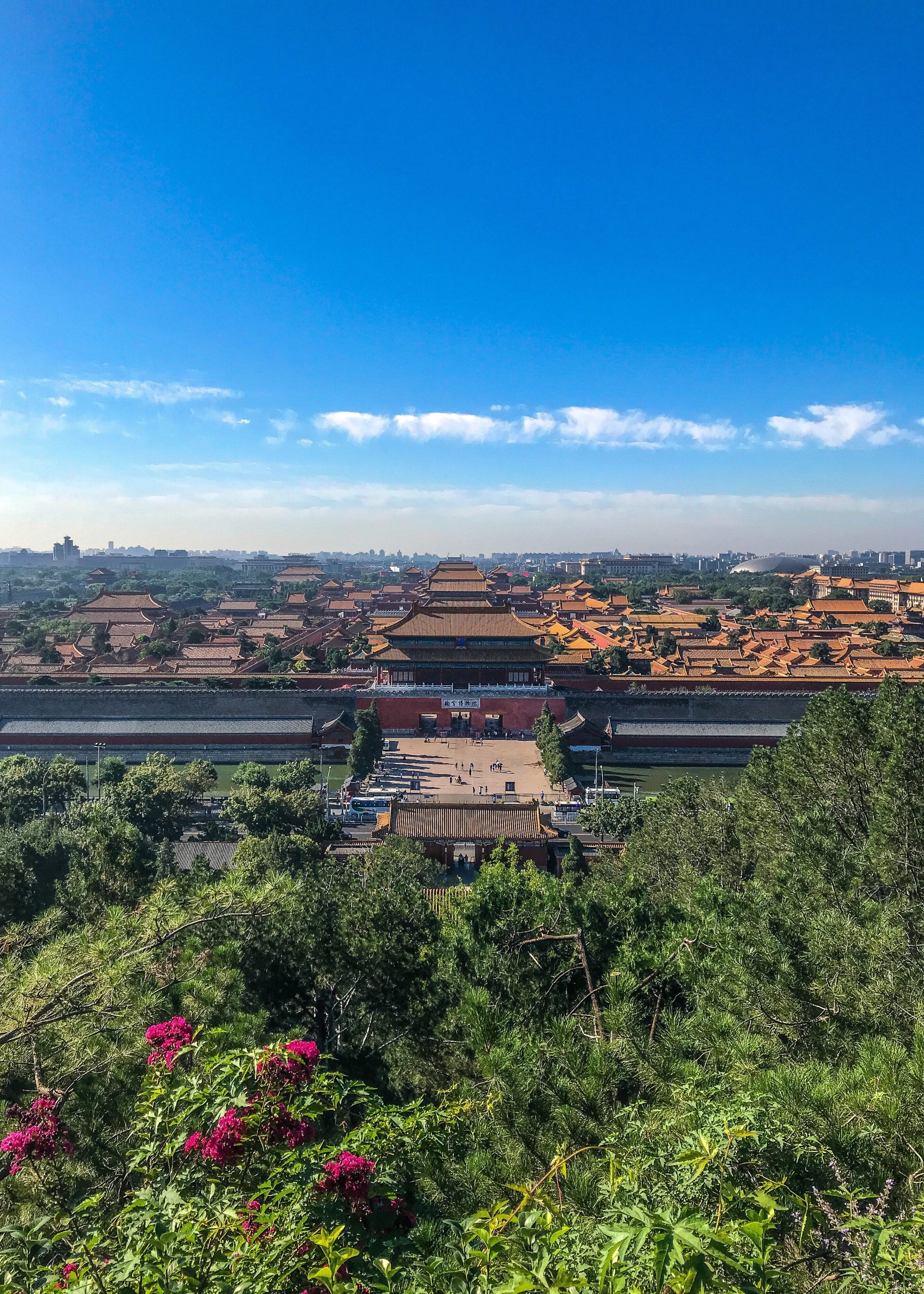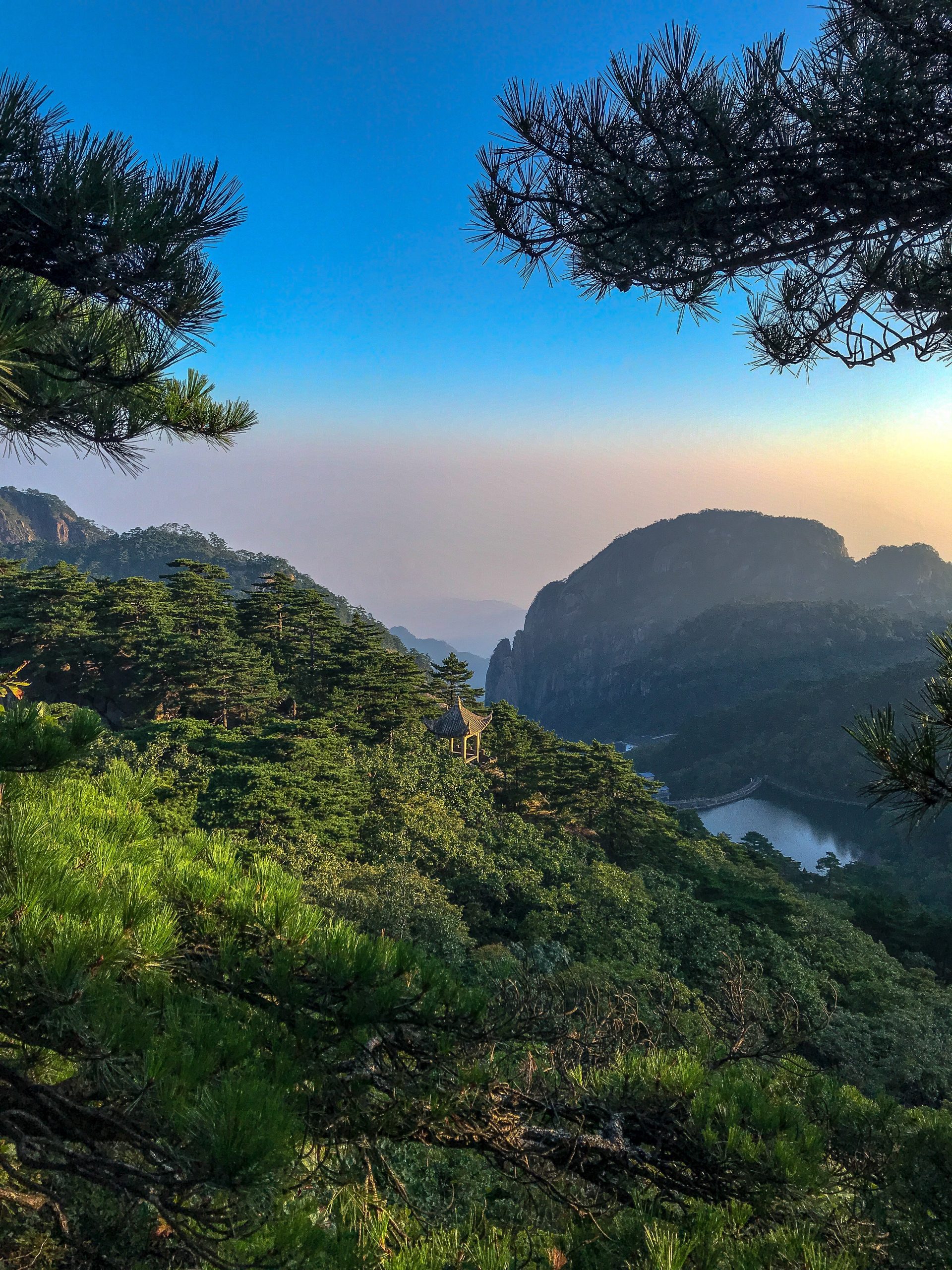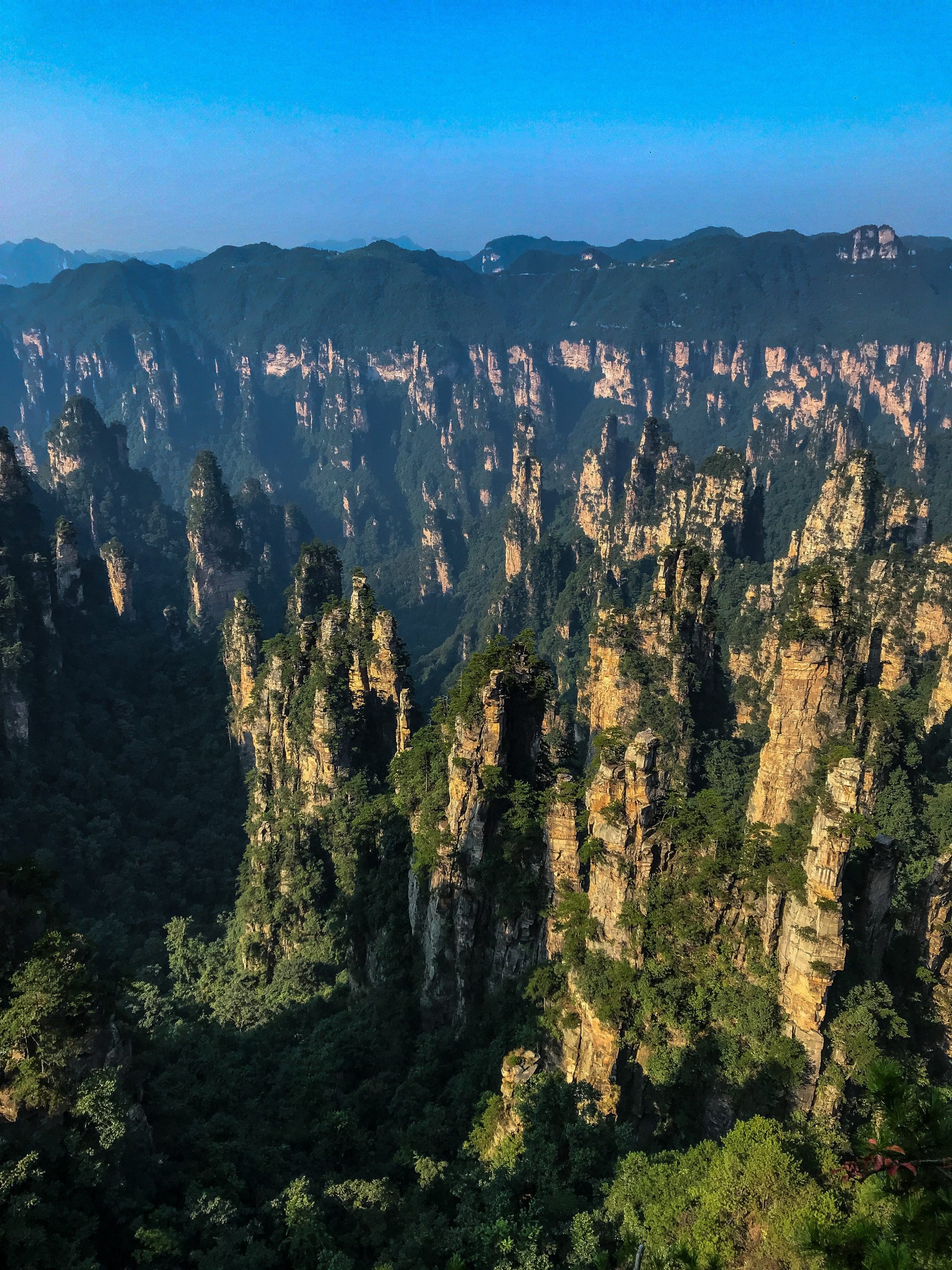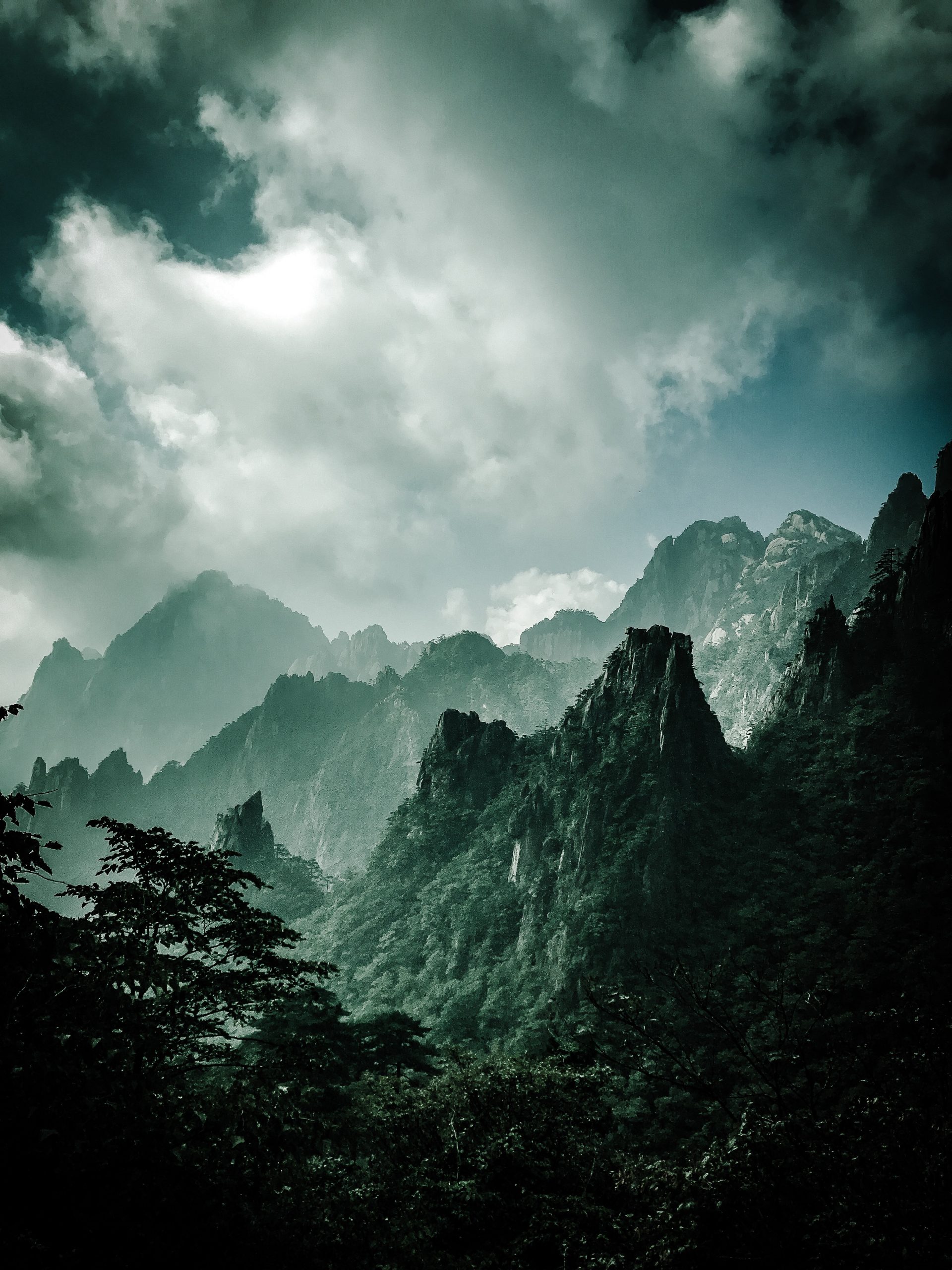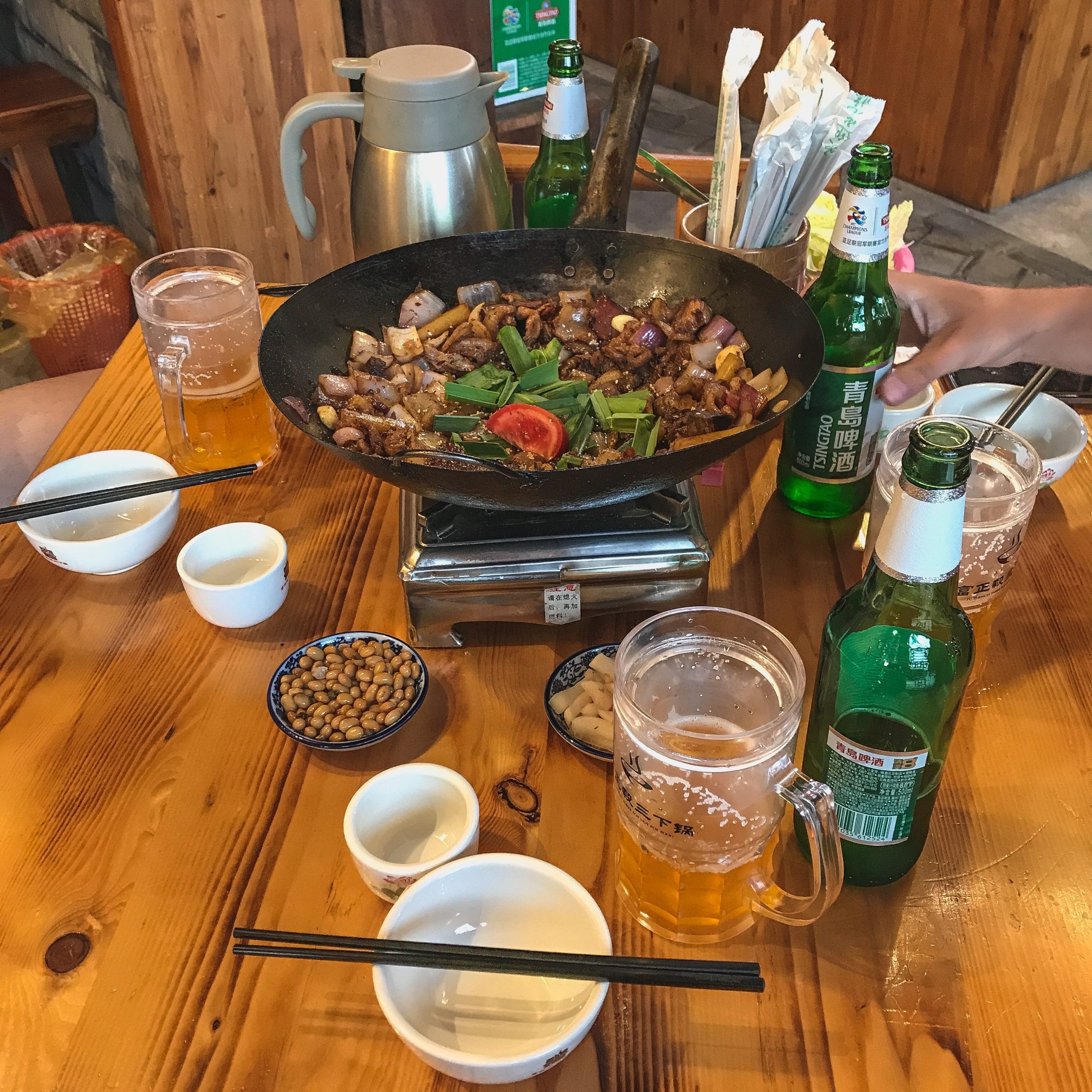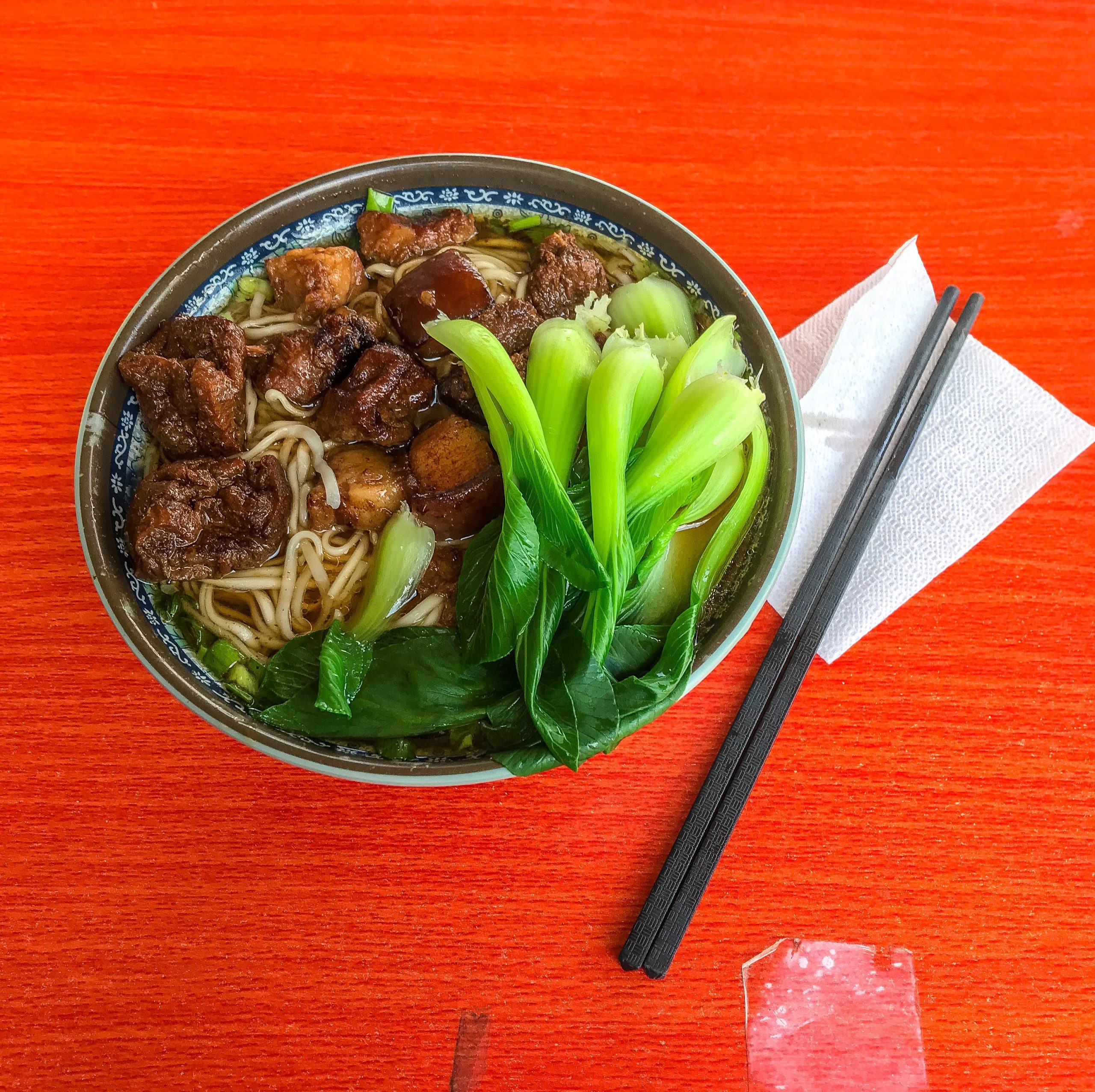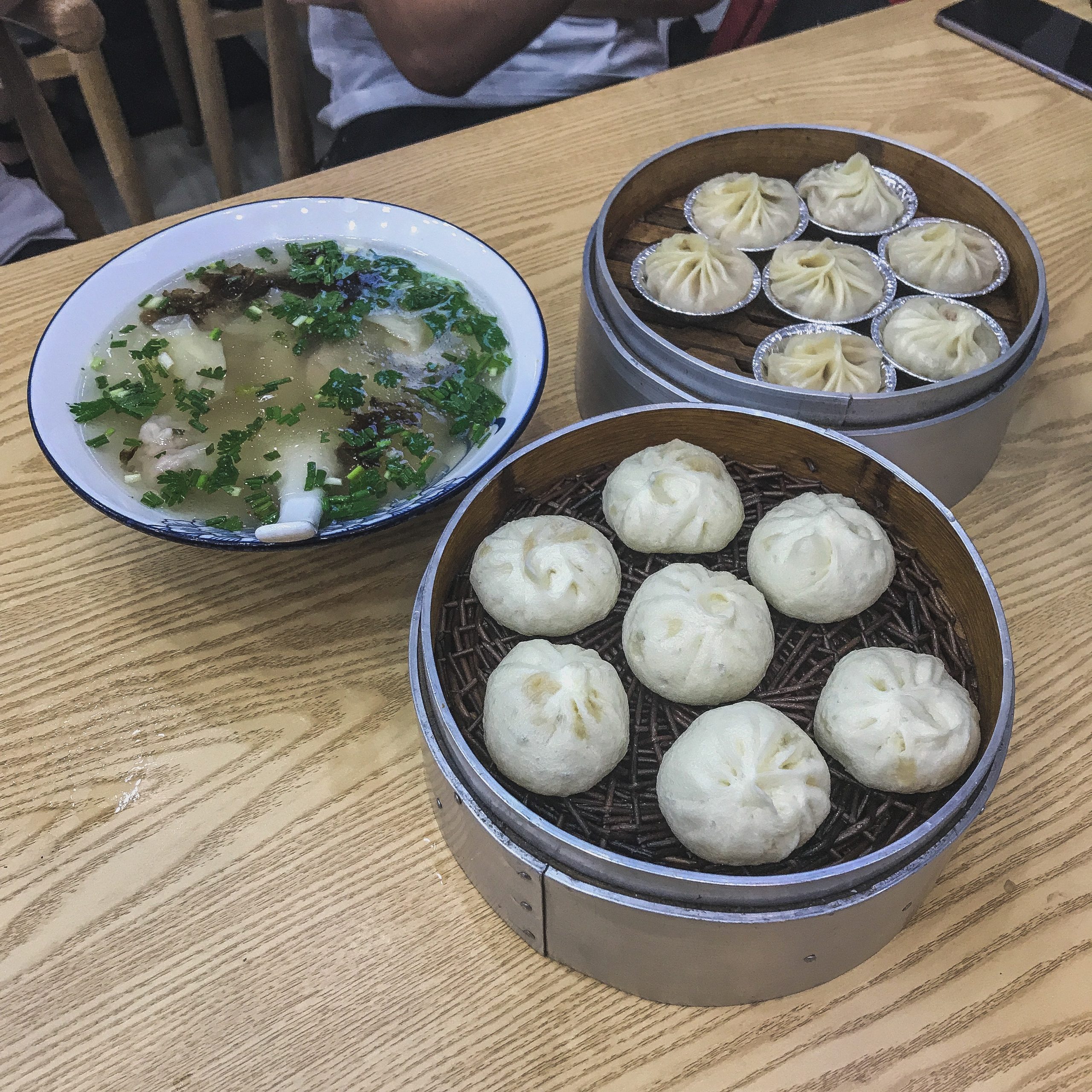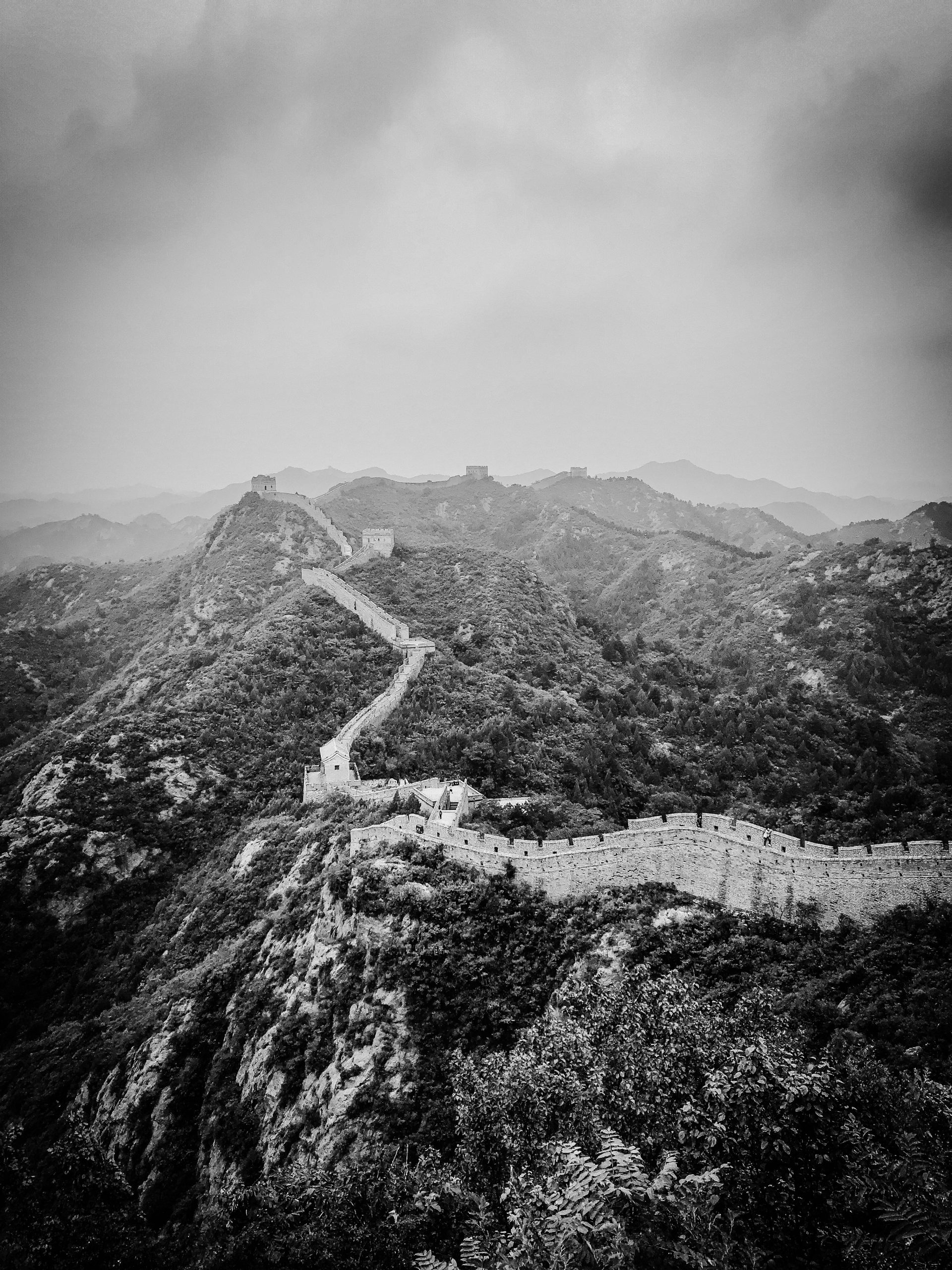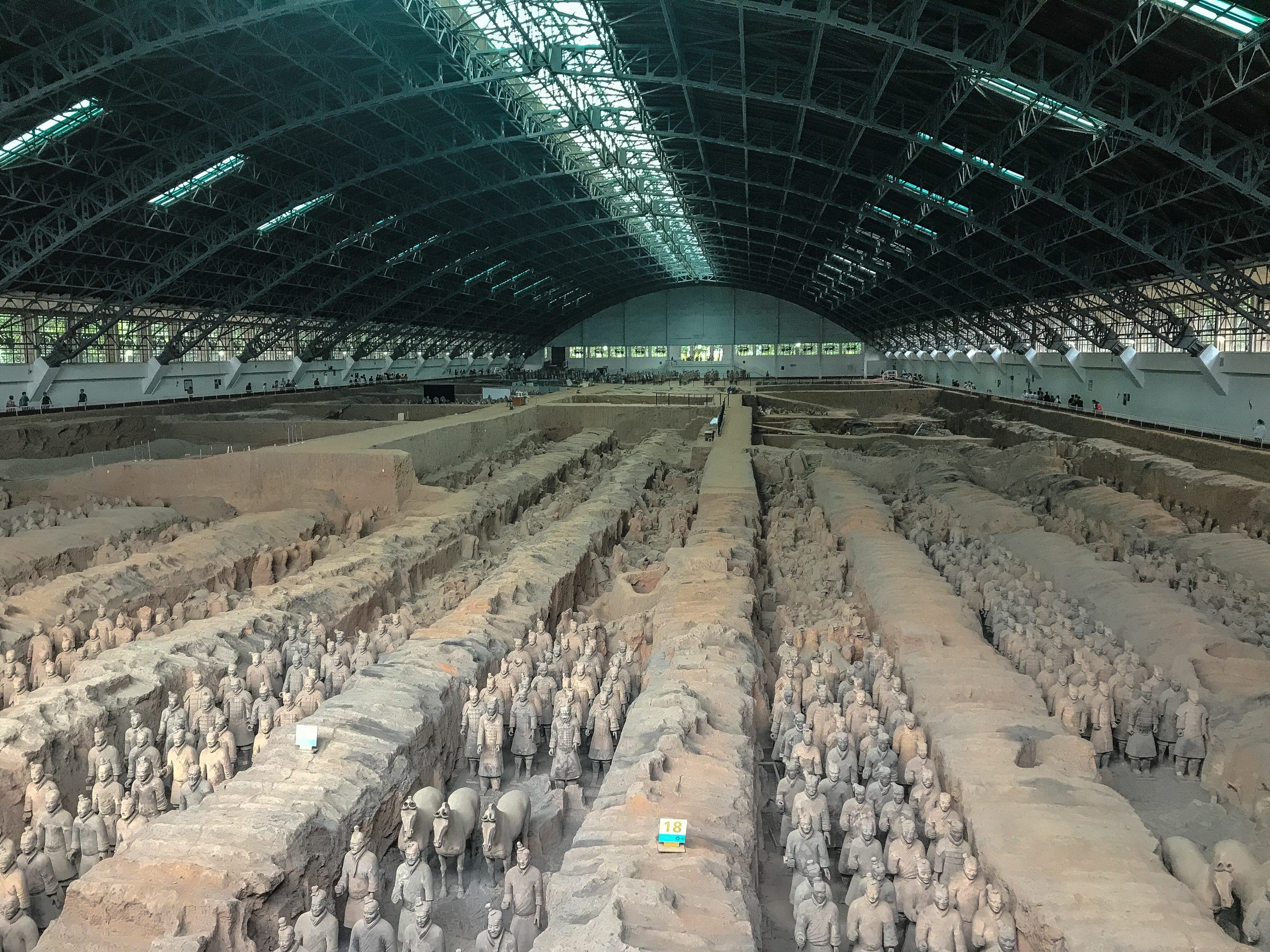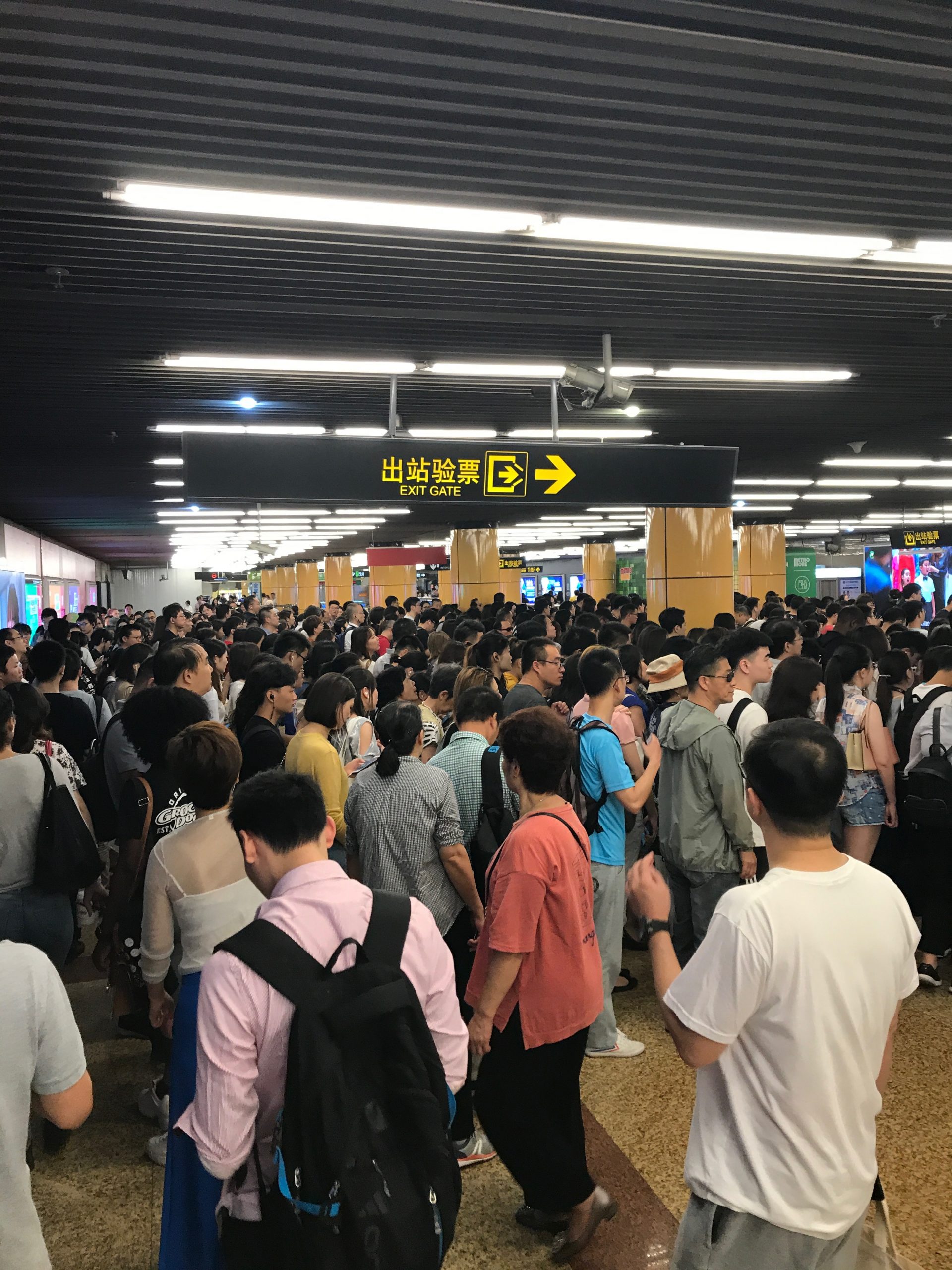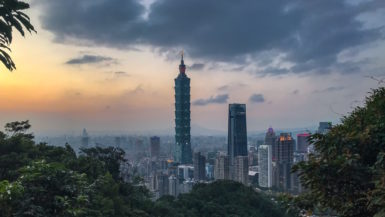A Travel Guide to China – Tips and Advice
12 Minute Read
- Language Barriers
- The Great Chinese Firewall
- Transport Trouble
- Beating the Crowds
- Payment Problems
China featured on my Ultimate Adventure Travel Bucket List, check out the article here
This page contains affiliate links. This means I make a commission if you buy a product I have recommended (at no extra cost to you). All recommendations I give are genuine and my own. Thanks for the support!
Why Go?
China at first glance may appear to be an overwhelming place. With its 1.4 billion population size (and growing), huge landmass, complex political history, and less-than well-trodden travel routes, there’s a lot to take in. I’m here to calm these fears and explain a little more about how to travel in China. To begin with, some reasons why it should be near the top of everyone’s travel list:
Landscapes
The range of landscapes across China is simply staggering. From the Himalayas in Tibet to the deserts of Inner Mongolia and Western China, to the wetlands of Guilin, to the bamboo forests around Chengdu, to the soaring granite peaks of Huangshan mountain and towering sandstone pillars of Zhangjiajie. Even with all these locations that hardly scratches the surface. There is truely something for everyone.
Food
The food is extraordinary, and realms apart from the Chinese dishes we eat in Western restaurants. Overall it’s surprisingly spicy, so beware. It’s common to share one large dish with a group – that each individual helps themselves to – along with a personal portion of rice. I never seemed to have the same dish twice and each time the meals were packed with new flavours. Lots of dishes are pork or fish based, sometimes tofu. The cuisine varies greatly from region to region; make sure to look up some quintessential dishes for the location you’re planning on visiting. Think of classics like: Peking duck, bao, dumplings, wontons, beef noodles, spring rolls, Sichuan hot pot.
Culture
The ancient history of the country is astounding. Dynasties reaching back thousands of years provides an endless selection of cultural sites, all steeped in tradition. China holds 55 UNESCO World Heritage Sites – the most of any country in the world, other than Italy which shares the top spot with 55 sites too. Locations such as: The Great Wall of China, The Forbidden City, The Terracotta Army, Sichuan Giant Panda Sanctuaries, amongst many other temples and landscapes waiting to be explored.
City Life
A dizzying array of modern architecture is on display in China’s megacities. Big names on this list include Beijing, Hong Kong, and Shanghai. However, you shouldn’t miss lesser-known cities such as Xi’an and Chengdu either. Each city with it’s own character, distinguished by a variety of history and charm. Now boasting new metro systems, vibrant night scenes, huge neon-lit shopping districts, towering skyscrapers, and exciting night markets.


Problems & Solutions
1. Language Barriers
I’m going to start with a big one that I’m sure lots of people are concerned about: the lack of English speakers. Or to be more accurate, the total absence of the English language anywhere. Part of this – I believe – is due to the social media ban that I will discuss in point two; another part is due to the country’s communist history resulting in unfamiliarity with Western culture (this is also the case in Russia). However, I must emphasise that you don’t need to be afraid of people not liking you, or being hostile towards you. I spent over three weeks in China and never once found people treated me with hostility. What this does mean however, is that almost no one speaks English. The language used is more than likely to be Mandarin, maybe Cantonese.
As a result, none of the signs are in English lettering either, so there’s no hope of even trying to guess. This isn’t as much of a problem in big cities like Beijing but it makes things trickier the further afield you go.
Apparently, things used to be much worse but, since the 2008 Beijing Olympics, the country has made a considerable effort to enhance tourism and improve facilities for English speakers.


SOLUTION A: To get around this, my key advice is to write locations down, especially important ones. Whenever I arrived at my next hostel, I would always ask the worker (who often spoke some English) to write down the address for me in Chinese. Then when I would go out each day I would ask them to write down the tourist sites I wanted to go to. Allowing me to show the note to people if I got lost and needed help. It’s by no means a perfect system as you usually only get a nod or a head shake in reply, but it’s better than nothing!
This same tip worked for me when I got a hair cut In Shanghai. You can imagine my fear after I handed over the message and sat in that chair awaiting my fate! You do still have to use a bit of intuition and do some planning before you go anywhere. Make sure to note down the details in Chinese as well as English; one time I had meticulously written down the directions and address for a hostel in English and, of course, the taxi driver couldn’t read it. Luckily I had also written down the phone number of the hostel to give to the driver. He called them, got directions, and I arrived only slightly flustered!


SOLUTION B: Download a translation app before you go. I used Google Translate and it worked fine for me. It’s not perfect but it gives you some indication of the words you need. It has an invaluable feature where you can take a photo that it translates for you, which saved me on many an occasion. It may be worth investing a little before you go and paying for a better one but that’s your decision dependant on your budget. Just make sure the app will work offline so you can use it when out and about.
2. The Great Chinese Firewall
You might be thinking: so what if I get stuck, I can just Google for an answer. Not quite. This is why the first point becomes so tricky because google is blocked. In fact, so are the majority of Western apps. There’s no access to Google, Gmail, Facebook, Twitter, Instagram, YouTube, amongst many others. China also has an extensive list of censored books, films, and music that are all banned. It’s an undeniably ugly side to the country as its intended purpose is to limit exposure to other cultural behaviours that the Chinese government deems undesirable.
SOLUTION A: Download a VPN to circumnavigate the firewall. This is becoming massive amongst the youth population in China. Hence why many of the younger generations will be able to speak a little English and will be interested in Western brands and culture. It’s reasons like this that a paradigm shift is occurring, allowing China to open up to the rest of the world. I used Express VPN and found it worked very well. You must download one before you enter the country as you won’t be able to sign up once you’re already in China. It’s also worth using one that you pay for as they’re more likely to work. You don’t want to get there and find the free VPN you downloaded doesn’t function and then you’re stuck with no social media!
SOLUTION B: Download the Chinese messaging app WeChat. This is the certified app from the Chinese government and is used nationwide. It is an amalgamation of all our social media and payment apps; bundled up into one lovely, easy to monitor, system for the Chinese censors. If you are a tad cynical – like me – of Big Brother watching over you then I would opt for the VPN and not use this app. I met many travellers who recommend WeChat and found it amazingly easy to use. On top of this lots of hotels, hostels and travel services provide a WeChat number as their main form of contact. So it’s at your discretion!
3. Transport Trouble
Getting around once you’re in China can be a challenge. It’s such a big place that internal flights are common practice. However, if you’re environmentally conscious, and want to save some money, taking trains is the next best option. The Chinese rail network is exceptional; there are older trains on some of the less popular lines but in general the trains are excellent. Japanese bullet trains often receive more praise but I found the Chinese high-speed rail to be even faster and more comfortable than Japanese trains.
But how do you buy tickets – I hear you ask. Just book it online or with an electronic machine at the station? As expected, the machines are in Chinese, as are the online booking systems. Trying to explain to someone at the ticket desk what you want when they neither speak/read/understand English is hopeless. There’s a danger of things getting lost in translation. You could end up on a train bound for North Korea, and nobody wants that.
SOLUTION: Download the travel app Trip.com for train bookings. It’s a really simple app to use, with all instructions in English. You can book your tickets through the app (there is a small premium added, but for the ease of use it provides I believe it’s worth it). It’ll then issue you with a code to exchange for your tickets at the station. Make sure you turn up with enough time to spare as the queues are often quite big! Then simply show the code to the attendant and they will print the tickets off for you. You can then match the number of the train with the platform numbers to find your train!
4. Beating the Crowds
As I’ve said, China is one of the most populous countries on Earth. Some of the busiest tourist attractions I’ve ever been to were in China: looking at you Forbidden City. So how do you go about doing anything with that many people around – is there a hack?
SOLUTION: Wake up early. This one might seem logical, but it really does work. There is a multitude of benefits for doing so. If you’re going in the summer, the heat and smog that descends as the day wears on can become unbearable. It’s cool in the mornings and a lot more comfortable. If you’re doing a nature-related activity the serenity in the mornings is unbeatable, as are the sunrise mountain hikes. Many of the ticketed tourist attractions will become mobbed once they open. It’s best to get there first thing to beat some of the crowds (or just before they close).
There’s also the added bonus of seeing the city waking up. Many of the cities have wonderful well-tended parks which are exceptionally beautiful in the mornings. It’s traditional for elderly locals to rise early and go on walks, practice Tai chi, sing in groups or play board games together. This is a great opportunity to experience an intimate side to the culture in a tranquil setting. Another tip is to look for a tea house tucked away inside the gardens. Many have decks by ponds or lakes for you to relax on. What could be better than sitting by the water reading a book and watch the city come alive around you?


5. Payment Problems
Upon arrival you might be flustered to discover none of your cards are accepted. Western credit cards hardly ever work as most places only accept WeChat transactions or Chinese credit cards. Most locals either use this or simply pay with cash.
SOLUTION: Make sure you have ample local currency before leaving home. You won’t be able to get cash out from all the ATMs so you often need to trek about until you can find a bank that accepts your card. For this reason, I advise you to take out bulk amounts. This is obviously a security risk so don’t go crazy, but make sure you take out enough to support yourself for a few days and start looking for an ATM well before you have completely run out. If you’re more interested in managing your funds abroad I am going to be writing a how-to guide for that soon, so keep posted.
Conclusion
There are a lot of tricky things about trip planning and hopefully this article has given you some more advice on how to travel in China! By using some of these tips you will be able to get the most out of your travels.
If you have any more questions feel free to comment below or reach me through my contact page and If travel guides like this interest you, head over to my blog page to find out more!
If you are new to Walk Wild you can check out the About Me page to learn about who I am and what made me want to be a travel writer.
Please comment below, let me know what you think and follow me on Twitter and Instagram to find out more.



